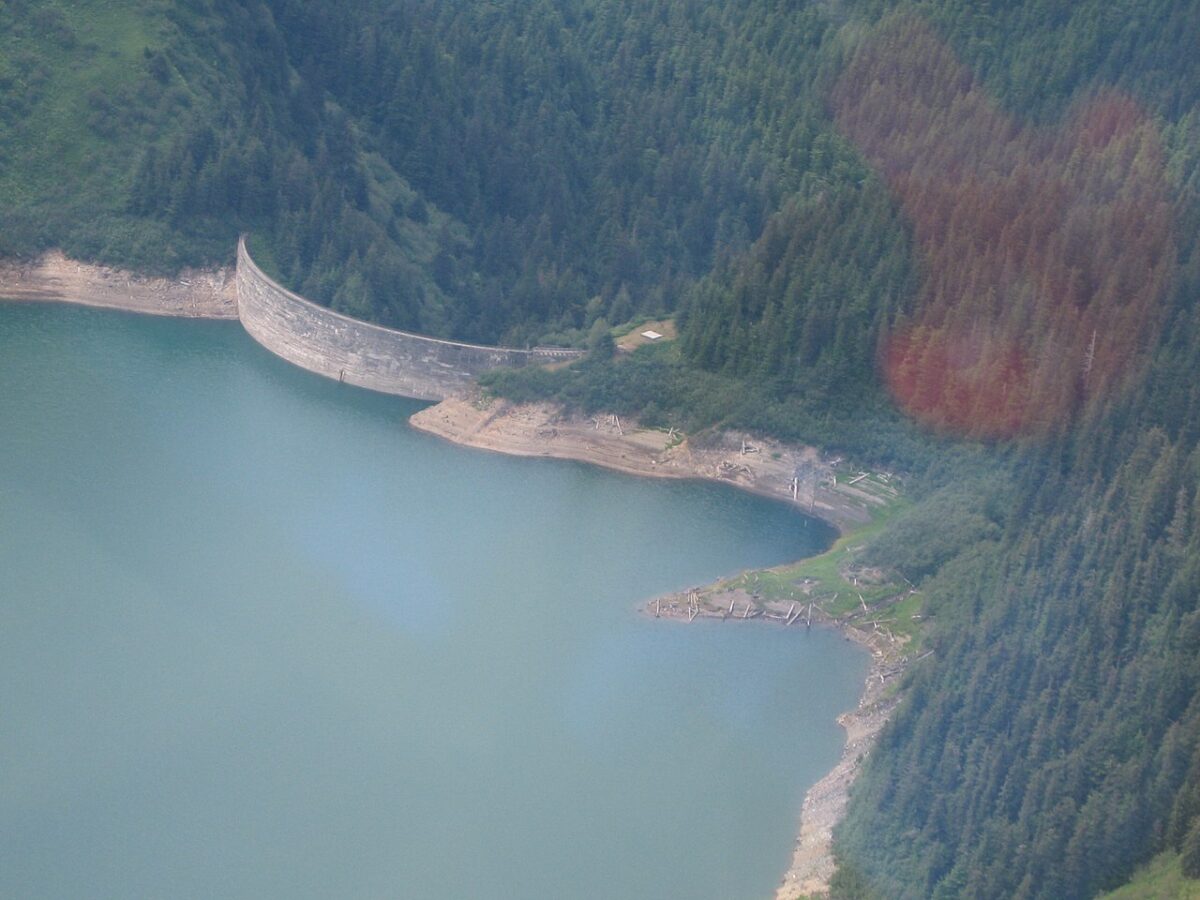From pv magazine USA
Alaska is warming faster than any other US state, according to the US Department of Agriculture. The state has unique energy needs due to its size, diverse landscape, and remote, rural nature, and energy costs are high.
In fact, Alaska has some of the highest electricity rates, according to the Energy Information Administration. A cost of living study by Anchorage Economic Development Corp. revealed that utility costs in some cases are 33% higher than the national average.
Due to its size and rural nature, the state is not connected to large interstate energy grid like other states. Instead, Alaska has two larger transmission systems and more than 150 small, isolated systems serving remote communities.
Known for its oil reserves, Alaska relies on fossil fuel-based power. The state gets roughly 30% of its power from renewable energy, including wind, solar and water. While it has an insolation value close to that of Germany’s, Alaska has not embraced solar energy in a big way. With 18 MW of solar installed, according to the Solar Energy Industries Association (SEIA), the state is ranked 49 in terms of total deployment capacity.
While one deterrent to relying on solar may be the lack of sun in the winter, particularly in northern areas, they also have an equal number of days of sunshine. To fully embrace renewables in Alaska, energy storage would have to play a key role.
Scientists are looking at ways of integrating zero-carbon energy sources into the electric grid on a larger scale and are seeking cost-effective ways to store that energy to provide constant power. At the US Department of Energy’s (DOE) Argonne National Laboratory researchers studied the potential of pumped storage hydropower as an efficient way to store large amounts of energy and improve grid resiliency throughout Alaska.
Scientists at both labs collaborated on mapping and geospatial analysis to identify locations for pumped storage hydropower. According to “The Prospects for Pumped Storage Hydropower in Alaska” report, about 1,800 sites in Alaska are suitable for the development of closed-loop pumped storage hydropower projects and many more are suitable for open loop pumped storage hydropower projects.
In contrast to conventional hydroelectric power, the way pumped storage hydropower works is it generates electricity when water is released from an upper reservoir through turbines into a lower reservoir. At night, when electricity is cheaper and abundant, the turbines are reversed to pump water back up into the elevated upper reservoir. Power is stored and released when needed.
pv magazine print edition
“In Alaska, pumped storage hydropower has the potential to integrate more wind and solar into the power grid by storing excess renewable energy to balance intermittent periods of weather,” said Vladimir Koritarov, director of the Center for Energy, Environmental and Economic Systems Analysis (CEEESA) in Argonne’s Energy Systems and Infrastructure Analysis division. “We are not assuming that projects will be developed on all 1,800 sites, but there are plenty of locations available for potential development.”
The study focused on the pumped storage hydropower potential in Alaska’s integrated Railbelt system, which is an interconnected power grid made up of five regulated public utilities that runs from Fairbanks through Anchorage to the Kenai Peninsula. Currently about 80% of the Railbelt’s electricity comes from natural gas.
To continue reading, please visit our pv magazine USA website.
This content is protected by copyright and may not be reused. If you want to cooperate with us and would like to reuse some of our content, please contact: editors@pv-magazine.com.




5 comments
By submitting this form you agree to pv magazine using your data for the purposes of publishing your comment.
Your personal data will only be disclosed or otherwise transmitted to third parties for the purposes of spam filtering or if this is necessary for technical maintenance of the website. Any other transfer to third parties will not take place unless this is justified on the basis of applicable data protection regulations or if pv magazine is legally obliged to do so.
You may revoke this consent at any time with effect for the future, in which case your personal data will be deleted immediately. Otherwise, your data will be deleted if pv magazine has processed your request or the purpose of data storage is fulfilled.
Further information on data privacy can be found in our Data Protection Policy.